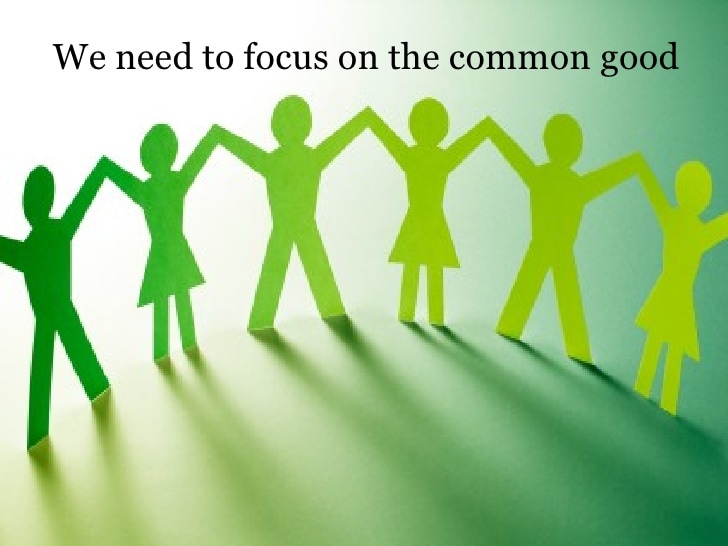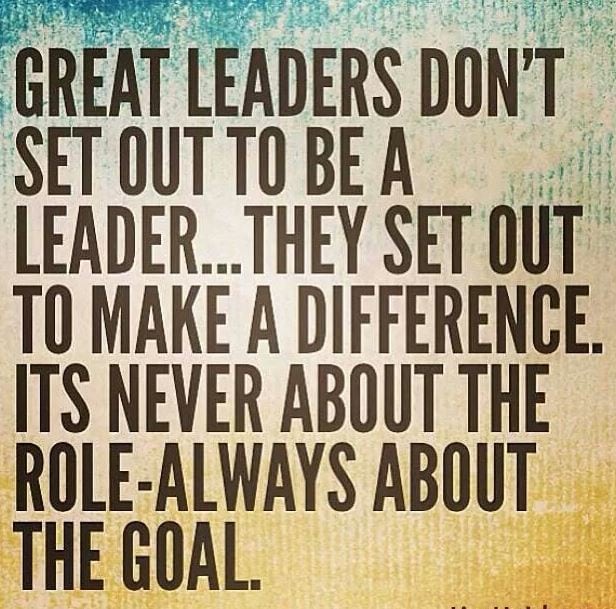
The ‘Common Good’, the invisible hand of the market and civil society
March 6, 2018
Duxton Declaration: A Statement of Commitment re Mental Health, Housing and Homelessness
March 15, 2018This is partly autobiographical in that I am seeking to understand how I have moved from being an activist to an advocate, what that means, and when is it appropriate as an advocate to move back into activism.
If the fundamental aim is influencing public policy – we need to be clear about the difference between activism and advocacy. So what is the main difference and how can that help understand our role in influencing public policy?
Lots of written material on the difference / some scholarly / between advocacy and activism. Generally, advocacy and activism are tools that are used to create social and political change.
Advocacy is often thought of as “an act of publicly representing an individual, organisation, or idea” and used as an umbrella term for many intervention tools. It can include active lobbying, including methods such as: letter writing, meeting politicians, running public forums, questions in parliament, participating in various consultative processes.
Activism, on the other hand, often has a less favourable reputation even though by definition, it can be viewed as a form of advocacy. Activism is described as taking direct action to achieve a political or social goal. ‘Activism’ can be a negative concept based on how activism is perceived and how activists are depicted in the media.
Activists use tactics that can alienate government and the wider community; but they can also gain support in the community as well. The term implies a direct action or intervention such as a protest in favour of change.
Some scholars suggest activism can be seen as part of the advocacy process or the action(s) that advocates take, such as organize a deliberate and direct protest, to increase awareness and attempt to influence the political process. I will return to this later, as it is important to know when a campaign may need to shift from advocacy to activism. It is also important to know when this is occurring.
Advocacy is often seen as working “within the system” whereas activism is seen as working “outside the system” to generate change. I think this is really useful, as clearly the role or issue can shift from one to the other.
Another way of considering it is how civil society groups work towards the common good, particularly when we may be working across many policy domains and how systems work with citizens. For example, mental health corrections, child protection. In such domains advocates can feel left out of public discourse, and/or feel that they don’t always fit.
Is it possible that people that call themselves ‘activists’ have given up on working ‘within the system’ and feel like more ‘radical’ actions is necessary to bring about true and transformative change? If ‘advocating’ for a healthier society does not produce results, as change makers, when do we become ‘activists’ that work ‘outside the system’? What are the advantages and disadvantages of working ‘within the system’ or ‘outside the system’?
Both terms are not without drawbacks. It is important to question our role as advocates if we are ‘speaking on behalf of a community, group or individual’ and how being a spokesperson affects collective action and the agency of the individuals to whom we are representing. The same applies to activism.
This becomes really important when policy peaks start actively engaging with ‘consumer’ perspectives. As even then there are differences, for example people able to access services and those not able to access them.
Most importantly, both terms undermine the importance of recognising the long and often difficult road to change that requires collective action from many individuals, communities and organisations that may work both “inside” and “outside” the system. we often look for quick results, it is useful to look and the public health lobby and tobacco control campaigns in particular: some of the key campaigns in tobacco control had a twenty year timeframe.
Also, we need to carefully consider when the time may be right to move from advocacy to activism.
We also need to rethink media as social media has delivered a new level of social democracy and brings participation to an unprecedented level – Social media stats are used as news (more work is needed in this area).
Advocacy
- The act of arguing in favour of a cause, idea, or policy – generally, it is communicating directly with decision makers
- Advocacy has three key components: relationships, sound policy, and respect
- Advocacy could be described as pre-emptive influence – It can be either pro-active or re-active – many examples
- effective advocacy generally has a non adversarial or soft touch approach of
- Examples: budget allocations, taxation changes, policy development,
Activism
- The policy or action of using vigorous campaigning to bring about policy, political or social change
- Often the result of a lack of relationships, or, unsuccessful advocacy – general based around a single issue
- Sometimes uses questionable tactics – or even illegal (civil disobedience, non violent direct action) activities can be deliberate strategies
- Tends to be reactive to an issue
- Lacks direct communication and relationships with key decision makers, hence relies heavily on media
- Goal is to raise public awareness of problem to exert political pressure
Is activism easy?
- Depending on the goal! – Goal and objective change/ reform public policy
- If the goal is awareness, then it can be easy
- Activism has the ability to hurt relationships because there is a single focus
Is advocacy needed?
- Yes, but why? – Common Good, Civil Society
- Activism can be avoided through good quality advocacy
- Advocacy delivers on pre-emptive benefit
- Policy makers are looking for industry input
- There will always be a need for activism but the success of that approach is limited
What do sector advocates need to do better?
- Communicate what we do better
- Emphasize the positive influence of the sector more
- How do we reduce the reliance on media?
- We rely on the media to spread our message to non-members / community
- The media often more interested in the conflict – Not in the common good, or building civil society
Conclusion
- There will always be a need for both advocacy and activism
- Depending on the issue one approach may work better than the other
- Key to Successful advocacy relies on relationships



